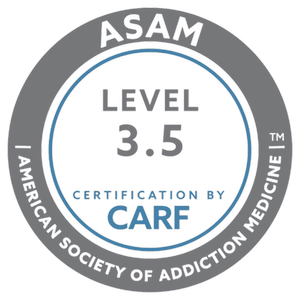What is EMDR Therapy? A Comprehensive Guide
Navigating the world of therapy can sometimes feel like wandering through a maze with a multitude of turns and decisions. Among the various therapeutic approaches, EMDR or Eye Movement Desensitization and Reprocessing stands out, particularly for individuals grappling with traumatic experiences. But what exactly is EMDR, and how does it function? Let’s delve into the details.
Understanding EMDR Therapy
EMDR (Eye Movement Desensitization and Reprocessing) is a specialized psychotherapy technique initially formulated by Francine Shapiro in the late 1980s. This approach is designed not only to alleviate distress linked with traumatic memories but also to address the complex interplay between trauma and addiction in the recovery process.
In contrast to traditional talk therapies, EMDR employs an organized eight-phase approach that includes bilateral stimulation that uses guided eye movements to activate both sides of the body and brain. This innovative technique has been adapted for addiction treatment, helping individuals confront and process addiction-related traumatic experiences, reducing their emotional impact, and fostering more sustainable recovery.
The Eight Phases of EMDR: An Overview
History-taking and Treatment Planning: Understanding the patient’s past, and discerning which memories will be targeted in therapy.
Preparation: Establishing trust and teaching techniques for self-soothing.
Assessment: Identifying the specific memories to target and assessing the associated negative beliefs.
Desensitization: Using bilateral stimulation to process memories until they're less distressing.
Installation: Reinforcing positive beliefs to replace the negative ones.
Body Scan: Identifying and processing any physical tension related to the traumatic memory.
Closure: Returning to equilibrium after processing, using self-soothing techniques.
Reevaluation: Ensuring that the traumatic memories have been adequately processed and assessing the need for further treatment.
EMDR: Is It Right For You?
It's crucial to note that EMDR isn't a one-size-fits-all solution. While extensively researched and proven effective for PTSD, its utility can extend to individuals grappling with anxiety, depression, and other disorders rooted in distressing experiences, including addiction.
At the Walker Center, we recognize that each individual's journey to recovery is unique. EMDR is just one of the specialized therapies we offer to address the complex needs of those battling addiction. Our comprehensive approach encompasses a range of evidence-based treatments and support services tailored to meet the diverse challenges that addiction presents. We work closely with individuals to create a personalized treatment plan that best aligns with their specific needs and goals, ensuring they receive the holistic care necessary to achieve lasting recovery.
Key Takeaways
Swift Results: Many individuals report significant improvement after a few sessions, though individual experiences may vary.
Holistic Approach: EMDR doesn’t just target the mind. It seeks to create harmony between the mind and body, addressing both psychological and physiological distress.
Safe and Structured: With a clear eight-phase approach, EMDR provides a structured pathway to healing, ensuring safety and predictability.
EMDR at The Walker Center
At The Walker Center, we recognize the intricate weave of trauma and addiction. Our team of dedicated professionals is trained in EMDR, equipped to guide you or your loved one through the healing process. We believe in an individualized approach, tailoring our techniques to suit each person's unique needs.
Embarking on a journey to recovery might be daunting, but you don’t have to traverse it alone. Our experts at The Walker Center are here to provide the guidance, tools, and compassion you need. If EMDR or any other therapeutic approach intrigues you, reach out to us. Let us help illuminate your path to recovery and well-being.




